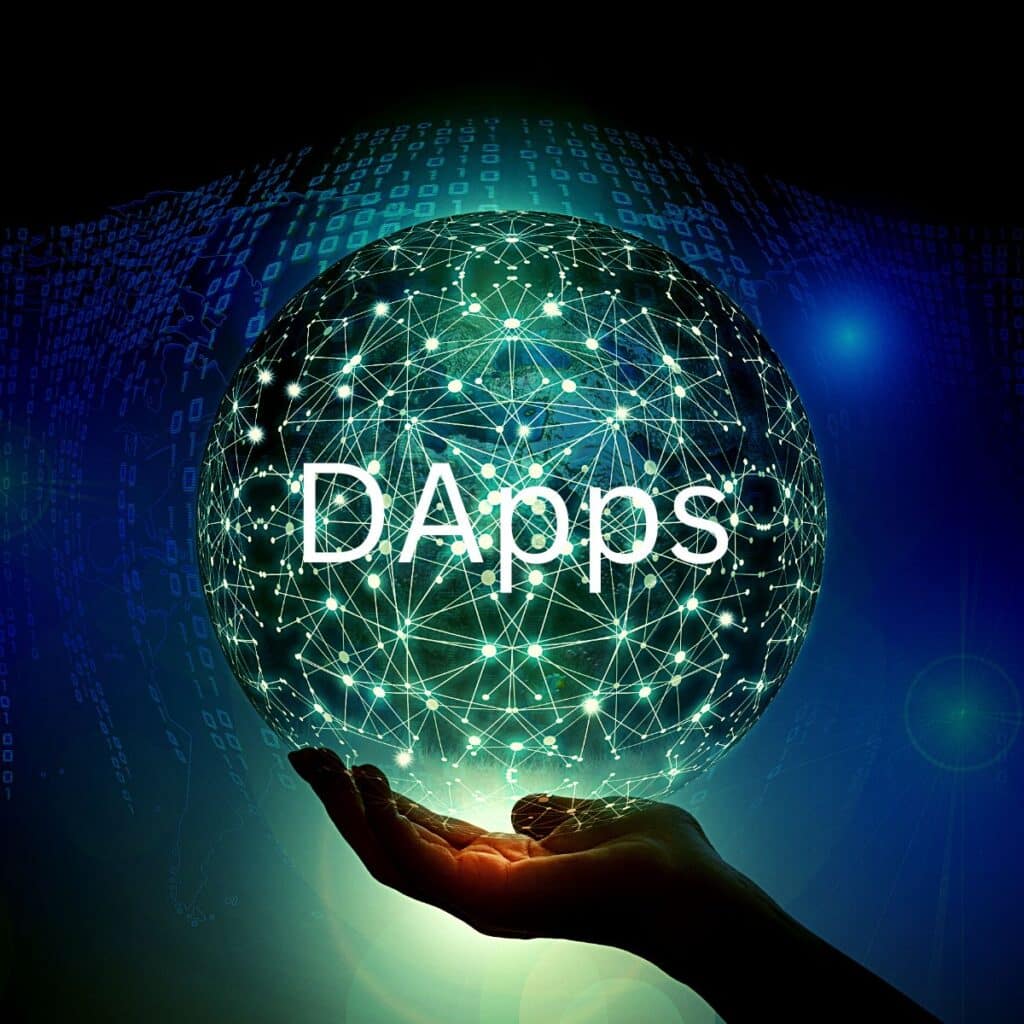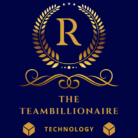Decentralized Applications, commonly known as DApps, are applications that are built on decentralized networks, such as blockchain platforms. Unlike traditional applications that are typically built on centralized servers, DApps leverage the decentralized and distributed nature of blockchain technology.
What are the benefits of DApps
- Decentralization: DApps operate on a decentralized network, such as a blockchain, where data and control are distributed across multiple nodes. This ensures that there is no single point of failure or control, enhancing the security and resilience of the application.
- Open-source: DApps often have their codebase open-source, meaning that anyone can review, contribute, and verify the code. This fosters transparency and community involvement, allowing users to validate the integrity and security of the application.
- Consensus Mechanism: DApps typically rely on a consensus mechanism, such as proof-of-work (PoW) or proof-of-stake (PoS), to reach agreement on the state of the network. This ensures that all participants can trust the validity of transactions and the integrity of the application.
- Smart Contracts: DApps often utilize smart contracts, which are self-executing contracts with predefined rules and conditions encoded on the blockchain. Smart contracts automatically execute actions when specific conditions are met, enabling trustless and transparent interactions between users.
- Token Economy: Many DApps have their native tokens, which serve various purposes within the application ecosystem. These tokens can be used for transaction fees, access to certain features, governance, and more. They incentivize user participation and contribute to the overall functionality of the application.
- User Control and Data Privacy: DApps prioritize user control and data privacy. Since the application operates on a decentralized network, users have greater control over their data and can interact with the application without relying on intermediaries or central authorities.
DApps can be developed for various use cases, including finance, gaming, supply chain, social media, and more. Examples of popular DApps include Ethereum-based applications like Uniswap (a decentralized exchange), Aave (a decentralized lending platform), and CryptoKitties (a blockchain-based collectibles game).
Decentralized applications aim to provide users with increased security, transparency, and control over their digital interactions, leveraging the benefits of blockchain technology and decentralization.

What are the uses of DApps?
Decentralized applications (DApps) have a wide range of potential uses across various industries. Here are some examples of the use cases and applications of DApps:
- Decentralized Finance (DeFi): DeFi DApps provide financial services such as lending, borrowing, decentralized exchanges, stablecoins, yield farming, and insurance. They enable users to transact, invest, and earn interest without relying on traditional financial intermediaries.
- Supply Chain Management: DApps can be used to create transparent and auditable supply chains. They allow for tracking and verifying the provenance, authenticity, and movement of goods, thereby reducing fraud, ensuring fair trade, and enhancing efficiency.
- Gaming and Collectibles: DApps offer opportunities for blockchain-based gaming and collectibles, where in-game assets, virtual currencies, and unique digital items can be securely owned, traded, and exchanged between players without the need for intermediaries.
- Social Media and Content Platforms: DApps can facilitate decentralized social media and content sharing platforms that provide users with more control over their data and privacy. They enable content creators to monetize their work directly and incentivize community engagement and curation.
- Governance and Voting: DApps can be used for decentralized governance and voting systems. They allow stakeholders to participate in decision-making processes, propose and vote on changes or improvements, and ensure transparency and fairness in the governance of organizations or protocols.
- Identity and Authentication: DApps can provide decentralized identity solutions that allow users to maintain ownership and control over their personal data. They enable secure and verifiable identity verification, reducing reliance on centralized identity providers.
- Energy and Sustainability: DApps can facilitate peer-to-peer energy trading, where individuals can buy and sell renewable energy directly with each other, promoting energy efficiency and sustainability. They can also help track and incentivize carbon credits and environmental initiatives.
- Real Estate and Land Title Management: DApps can streamline property transactions, title transfers, and land registries by providing secure and immutable records on the blockchain. They can enhance transparency, reduce fraud, and simplify the process of buying, selling, and verifying property ownership.
These are just a few examples of the potential use cases for DApps. The decentralized nature of DApps opens up numerous possibilities for creating transparent, secure, and innovative applications in various sectors. The actual use cases of DApps continue to evolve as the technology matures and more developers explore its potential.
List Of DApps (Decentralized Applications)Projects and Examples
Top examples of dApps:
- Ethereum-based dApps: Ethereum is a popular blockchain platform that enables developers to build decentralized applications. Some examples of Ethereum-based dApps include:
- CryptoKitties: A game where users can breed, collect, and trade virtual cats using Ethereum tokens.
- Augur: A decentralized prediction market platform that allows users to create and trade prediction contracts on various real-world events.
- Uniswap: A decentralized exchange protocol that enables users to swap ERC-20 tokens directly from their wallets.
- Steemit: Steemit is a social media platform that rewards content creators and curators with cryptocurrency. It is built on top of the Steem blockchain and provides a decentralized alternative to traditional social media platforms.
- Golem: Golem is a decentralized marketplace for computing power. It allows users to rent out their idle computing resources or utilize the network to perform tasks that require significant computational power, such as rendering computer graphics or running scientific simulations..
- Crypto lending platforms: There are several dApps that provide lending and borrowing services using cryptocurrencies as collateral. These platforms allow users to borrow funds or lend their cryptocurrencies to earn interest, all while leveraging the security and transparency of blockchain networks.
These examples demonstrate the diverse range of applications that can be built using blockchain and decentralized technologies. However, it’s worth noting that the dApp landscape is continually evolving, and new innovative projects are being developed to solve various problems across different industries.
